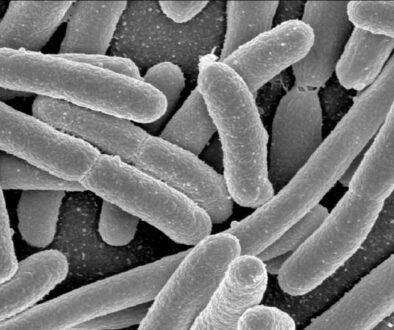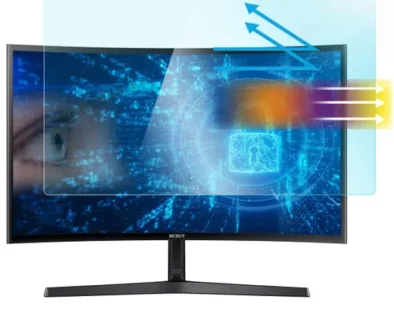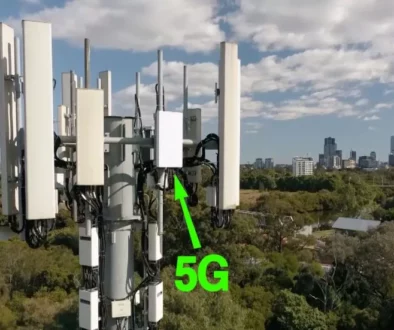Social media, computer games and dopamine
Why does social media make us unhappy? The feeling of insecurity and anxiety after a period of scrolling through meaningless posts has become universal (Cleveland Clinic, 2020). On the other extreme, the feeling of euphoria and relief that overcome us when we receive likes on our most recent post has also become common. But why?How does social media have the power to be both so constructive and destructive, simultaneously? What are the underlying mechanisms of social media apps responsible for the sudden rush of joy, as well as the dip in self-esteem?
Very similar is feeling with playing computer games when you lost or win. And the same, that is not reality.
Sean Parker, the 38-year-old founding president of Facebook, admitted that the social network was founded not to unite us, but to distract us. “The thought process was: ‘How do we consume as much of your time and conscious attention as possible?’” To achieve this goal, Facebook’s architects exploited a “vulnerability in human psychology”, explained Parker, who resigned from the company in 2005. Whenever someone likes or comments on a post or photograph, he said, “we… give you a little dopamine hit”. Facebook is an empire of empires, then, built upon a molecule.
But that was not enough. Now we have Instagram, Snapchat, WhatsApp and finally TikTok, where is no interaction at all. “Every version or generation of social platform bring more lights, sparks, colours, impulses, but less thinking and dialogs. “{Prof. Stransky, 2023}
Dopamine, as one of the major neurotransmitters – the bicycle couriers of the brain – carries many different kinds of message, only some of which are known and understood.
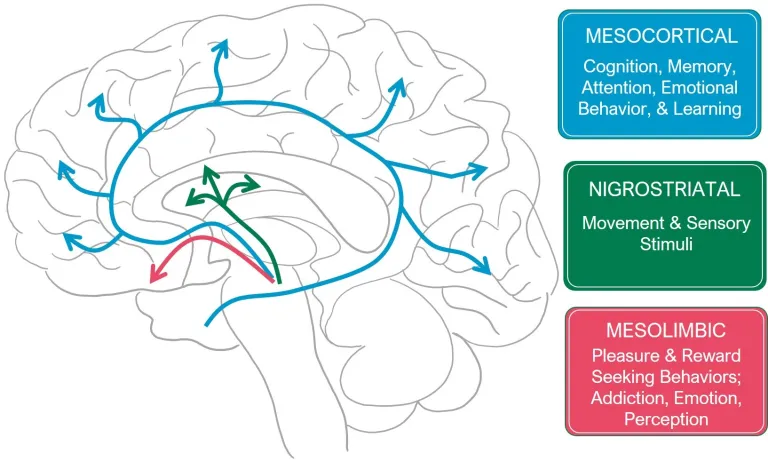
As well as its core function in learning, through identifying the extent to which a reward differs from expectations, dopamine is also vital for movement control, and plays a role in memory, attention, mood, cognition and sleep.
Just like after a successful social interaction, dopamine is released after receiving positive feedback in social networks. Put briefly, these social media platforms leverage the same neural circuitry “used by slot machines and cocaine to keep us using their products,” states Harvard Medical School research technician Trevor Haynes in his piece “Dopamine, Smartphones & You: A battle for your time” (Haynes, 2018).
Over time, the abundant release of dopamine (for some, in quantities that are abnormally high) causes a deficit in the brain: users experience less pleasure when we are not using social media because our dopamine is pushed to levels below baseline (McNamara, 2021). Dr. Anna Lembke, a psychiatry professor, explains, “We go into a dopamine deficit state. That’s the way the brain restores homeostasis: if there’s a huge deviation upward, then there’s going to be a deviation downward. That’s essentially the comedown…that moment of wanting to stay online and click on one more video or connect with one more person” (McNamara, 2021).
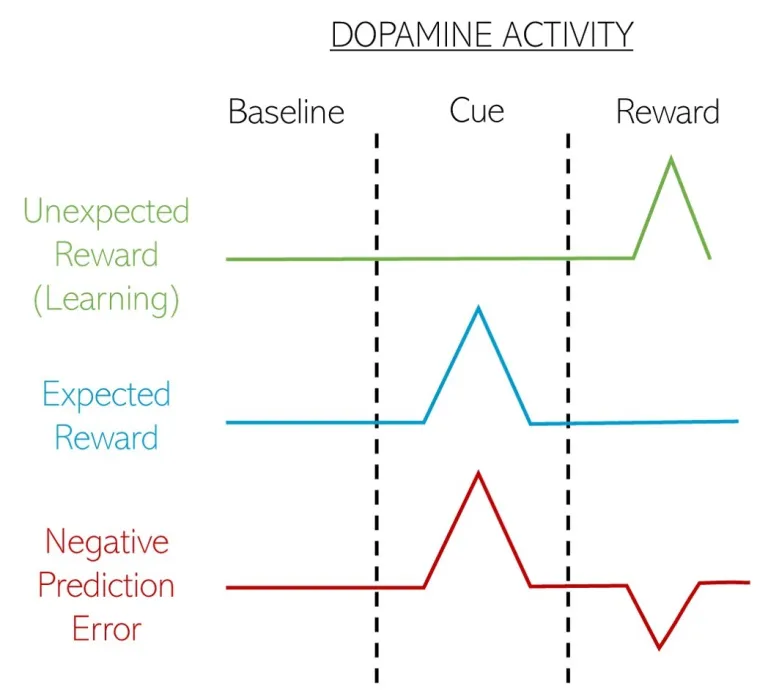
In the short-term, the dopamine deficit manifests as depression and anxiety do, mimicking the same symptoms and feelings.
As social media use continues to rise, particularly among adolescents, it is of upmost importance to recognize the way these platforms exploit our brain psychology in a drug-like manner. In one interview, Dr. Lembke noted that “social media [has become] a way to drugify human connection” (McNamara, 2021).
The solution is simple, spend more time with families, friends, kids and get them outside. Nature is the best playground.
DB

